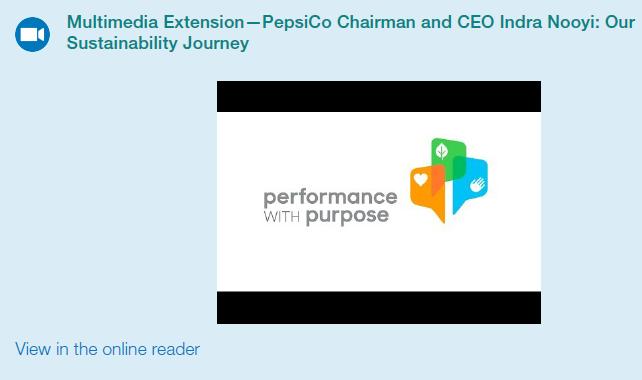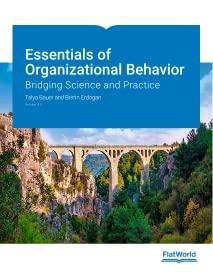Pepsi is a world-renowned food and beverage brand, and its manufacturer PepsiCo owns other well-known beverages such
Question:
Pepsi is a world-renowned food and beverage brand, and its manufacturer PepsiCo owns other well-known beverages such as Mountain Dew, Tropicana, and 7Up, as well as snacks such as Lay's chips, Doritos, and Quaker. As any company, its future success depends on satisfying all stakeholders. Given the size of PepsiCo and the reach of its products, the stakeholders include every one of us. For example, the high salt, fat, and sugar content of some of PepsiCo offerings may jeopardize health of customers, including children. Many PepsiCo products come in disposable plastic packages that end up in landfills and oceans. The production of PepsiCo products demands huge amounts of energy, and increases greenhouse gases contributing to climate change. The beverage production requires large amounts of water, often in areas where water is a scarce and precious resource, and when PepsiCo uses it up, there is less available for everyone else.
Anticipating that how PepsiCo reacts to these challenges would be the key to its future success, former CEO Indra Nooyi, along with key leaders in the business, set a strategy they termed Performance with Purpose (PwP) over a decade ago. Consisting of sustainability goals around financial returns, healthier products, limiting the environmental impact of the company, and supporting employees, the company aimed to make all its major decisions in the following decades with this strategy in mind. The next CEO, Ramon Laguarta, who took the helm in 2018 continues to adhere to this strategy, calling it "winning with purpose." After defining and communicating the basics of PwP and setting company level targets for different metrics (such as "the company will reduce its absolute greenhouse gas emissions across its global value chain by 20% by 2030 against a 2015 baseline") the company set PwP-related goals for senior executives, country heads, and middle-level managers. These metrics were used in performance reviews and tied to incentives. Further, the company tied resource allocations to its sustainability impact. Any time there was a major investment under consideration, the champion of the proposal would need to explain how the project would contribute to PWP goals and objectives.
PwP had numerous, high impact and highly visible outcomes that were good for the company and for the stakeholders. For example, the company was able to reduce the fat, sugar, and salt content of many of its products and acquired healthy products to add to its line-up. PwP also drove behaviors that would be unthinkable without such a strategy. For example, a desire to produce Cheetos from whole grains and the lack of availability of machines that could be used for this purpose led the company to develop the production machinery that could handle whole grains in their own R&D center. PwP led to pulling the plug on an energy product that had the potential to be profitable but would mean selling a product, which contained high amounts of caffeine, that could be marketed to kids. It also led to its Mexican operations working with the Mexican government to support the farming of sunflowers to replace unhealthy palm oils. In 2020, the company announced plans to use 100% renewable electricity in its US operations, which represents almost 50% of its global operations. The company is moving toward renewable plastics in some products, and aluminum in others. The company supports recycling programs and beach clean up efforts, partnering with Ocean Conservancy to tackle plastic pollution in oceans.
Questions
1. How do you think PwP motivates employees at PepsiCo?
2. Explain the role of goals as a motivational tool. Are there mechanisms outside of goals and incentives that would make PwP motivate employees?
3. How is PwP different from greenwashing? Do you believe that it is a marketing tool, or a fundamental shift in how the business operates?
4. How would PwP be transferred to other industries? Would it be easier or more difficult to achieve it in a smaller company?
5. Would this be the type of company you would be interested in working for? Why or why not?
Step by Step Answer:

Essentials Of Organizational Behavior Bridging Science And Practice
ISBN: 9781453339244
1st Edition
Authors: Talya Bauer, Berrin Erdogan





